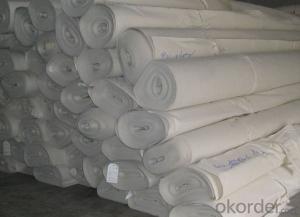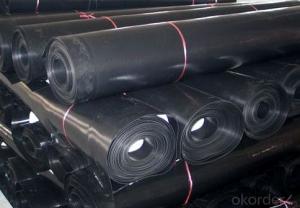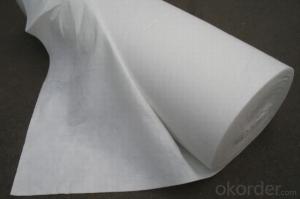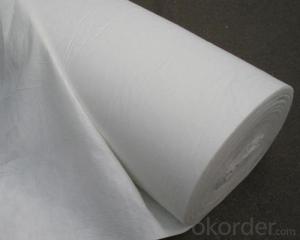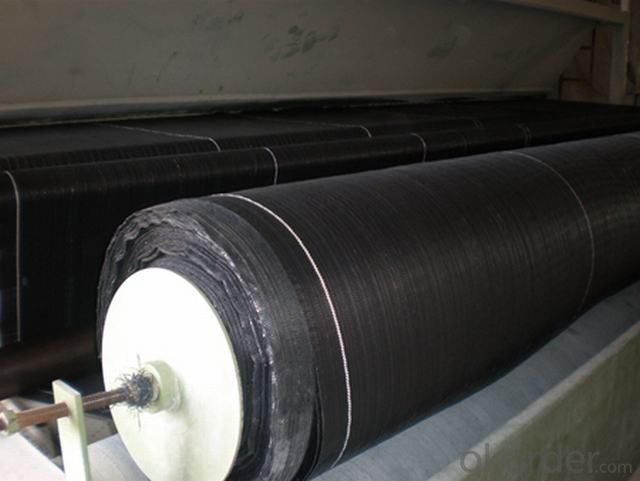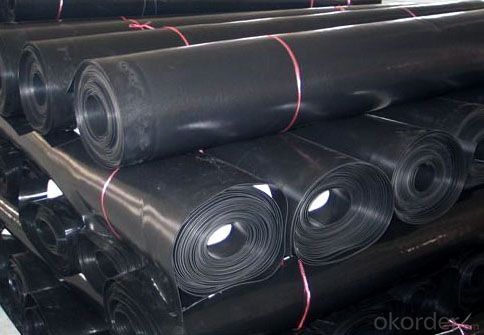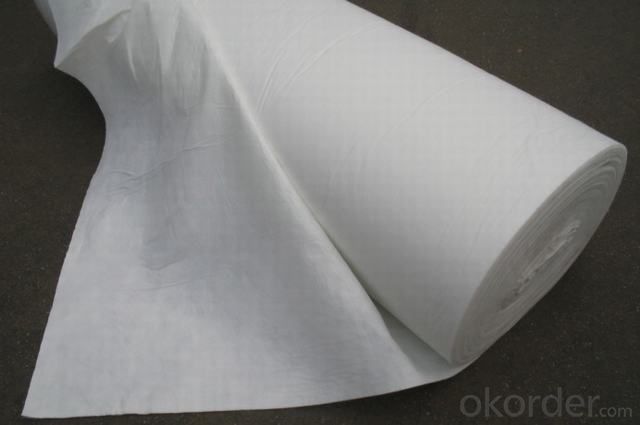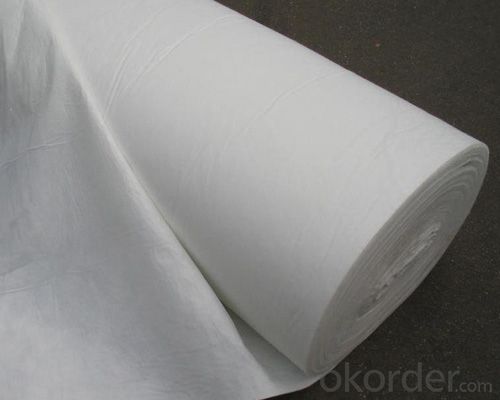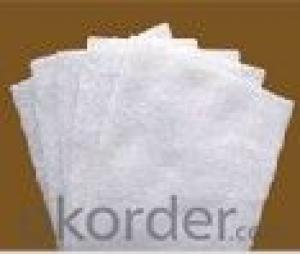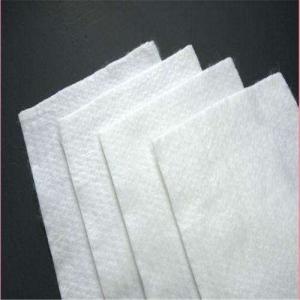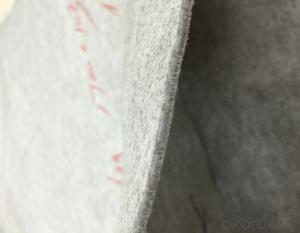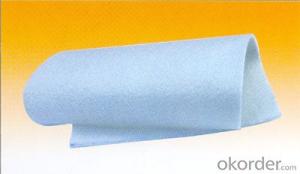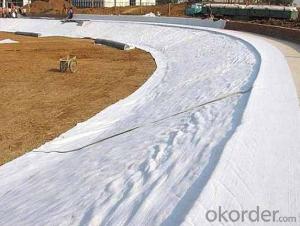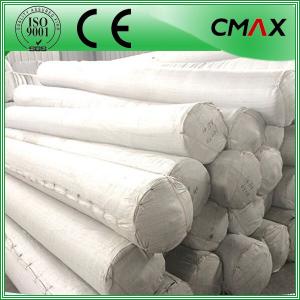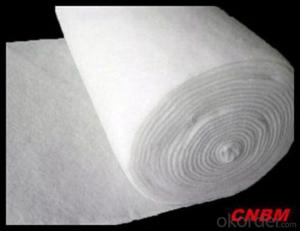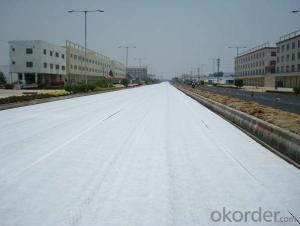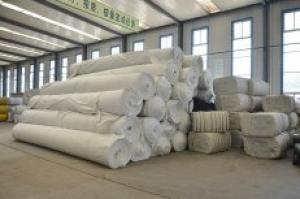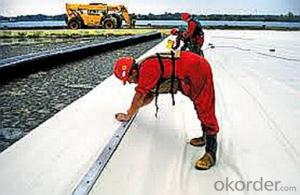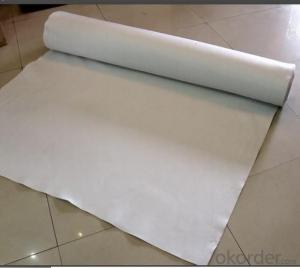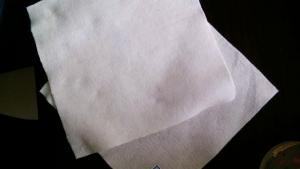Geotextile Cloth for Filament Non-Woven Drainage Function
- Loading Port:
- Qingdao
- Payment Terms:
- TT OR LC
- Min Order Qty:
- 20000 m²
- Supply Capability:
- 1500000 m²/month
OKorder Service Pledge
OKorder Financial Service
You Might Also Like
Features of Filament Non-woven Geotextile for Drainage Function:
1) Staple fibers needle punched non woven geotextile
The geotextile is made of polypropylene staple fibers on cross-laying equipment and needle punched equipment. It owns the advantages of acid and alkali resistance, erosion resistance, aging resistance, large strength, stable size, good filtrability etc.
2) Filament non woven geotextile
Filament geotextile has features as follows: High strength, good capacity of elongation and high biology tolerance, alkali tolerance, acidity tolerance, weather resistance good filtration and fine drainage capacity etc. Also it is of low cost, easy in construction and use effects.
Applications of Filament Non-woven Geotextile for Drainage Function:
1) Filtration :
The filtration layer of the dykes, river canal, seacoast, concrete slope, retaining walls. At the same time of preventing the clay granule from passing, it allows the water and the gas pass through freely.
2) Separation :
The isolation of the railway dregs and the roadbed, roadbed and the soft base, surface of the airdrome and parking lot and the groundsill, different dam materials. It isolates the soil and the gravel of two kinds different granule pathway from the groundsill or other buildings.
3) Adding muscle :
The highway, railway, soil-stone dam, breakwater, airport, backfill soil of retaining wall, slope protection, etc in which distributes the earth stress, prevents the side-displacement of the earth body and improves the earth body stability.
4) Protection :
It prevents the bank from being washed out, protects the bank and the bottom, prevents the water and soil from being washed away.
FAQ:
What is the main application of Filament Non-woven Geotextile for Drainage Function?
The main application of our PET Continuous Filament Spunbond Needle Punched Nonwoven Geotextile is as follows: The highway, railway, soil-stone dam, breakwater, airport, backfill soil of retaining wall, slope protection, etc.
Where is your main market?
Our main market is in Middle East, South America and some African countries.
What is your advantages for Filament Non-woven Geotextile for Drainage Function?
One of the largest manufacturer of PET Continuous Filament Spunbond Needle Punched Nonwoven Geotextile for Construction with advanced equipment, big production capacity and excellent quality.
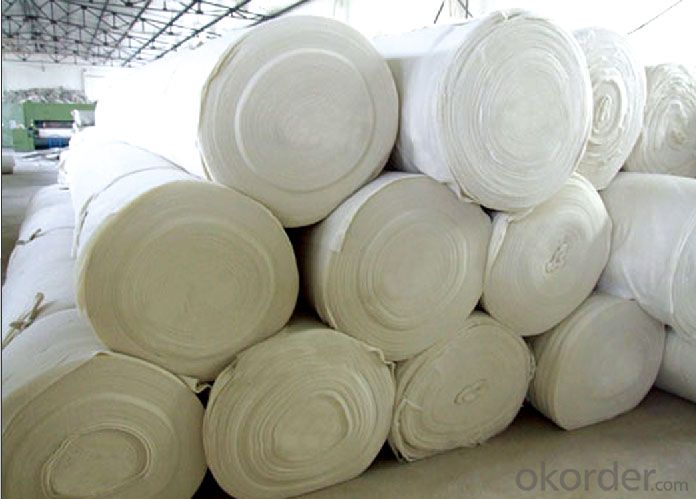
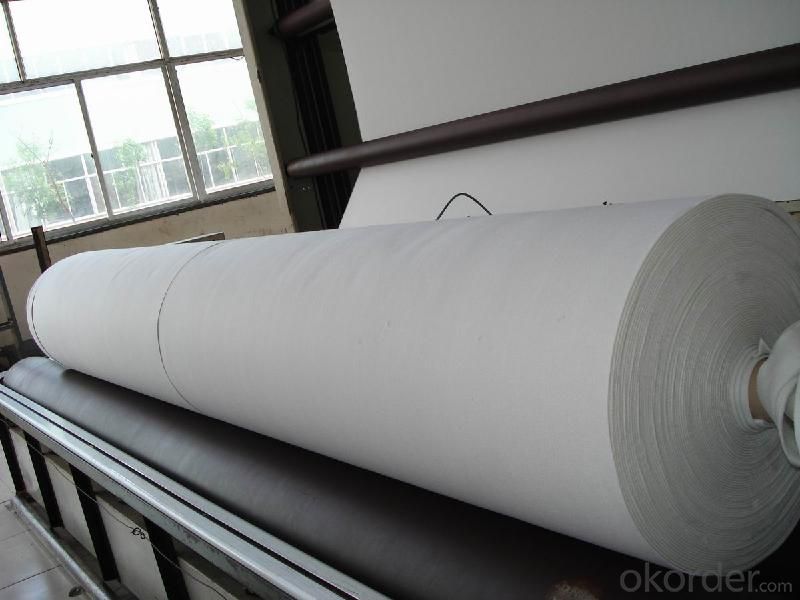
- Q: What are the different methods of geotextile installation?
- Some of the different methods of geotextile installation include trenching and backfilling, direct placement, and anchoring. Trenching and backfilling involves excavating a trench, laying the geotextile in the trench, and then backfilling it with soil. Direct placement involves simply placing the geotextile on the intended surface without any additional steps. Anchoring involves fixing the geotextile to the ground using various anchoring techniques such as stakes, pins, or sandbags. These methods can be chosen based on the specific project requirements and site conditions.
- Q: Are geotextiles suitable for use in wetlands?
- Yes, geotextiles are suitable for use in wetlands. They are commonly used to stabilize soil and prevent erosion in wetland areas. Geotextiles provide effective filtration, drainage, and separation, while also allowing water and nutrients to flow through. Additionally, they are eco-friendly and do not harm the natural habitat of the wetlands.
- Q: 300 grams of geotextile how much money a square meter
- Geotextile, also known as geotextile, it is made of synthetic fiber through acupuncture or woven from the permeability of geosynthetics. Geotextile is a new material geosynthetics which one, the finished product for the cloth, the general width of 4-6 meters, the length of 50-100 meters. Geotextile is divided into a spinning geotextile and non-woven filament geotextile. Ordinary about 2.00 friends
- Q: What is the difference between polypropylene geotextile, polypropylene geotextile and polyester geotextile
- The raw material is not the same as the clothes have the same cotton polyester tea is the same characteristics of the characteristics of acid-resistant polyester anti-purple better look at where to see where the 4935 penguins
- Q: How do geotextiles help in preventing soil contamination?
- Geotextiles help prevent soil contamination by acting as a barrier between the soil and potentially harmful substances. They can prevent the infiltration of pollutants such as chemicals, oils, or waste materials into the soil, thereby protecting the soil quality and preventing contamination. Additionally, geotextiles can also help in stabilizing soil erosion, reducing sediment runoff, and enhancing filtration, thus further preventing soil contamination.
- Q: How are geotextiles tested for quality assurance?
- Geotextiles are tested for quality assurance through various methods such as tensile strength testing, puncture resistance testing, water permeability testing, and UV resistance testing. These tests ensure that geotextiles meet the required standards and can perform effectively in their intended applications.
- Q: What is the size of the filament geotextile? What are the characteristics of the application?
- What is the size of the filament geotextile? What are the characteristics of the application?
- Q: What are the factors affecting the performance of geotextiles?
- There are several factors that can affect the performance of geotextiles, including the type and quality of the material used, the installation and maintenance techniques employed, the environmental conditions such as temperature and moisture levels, the load and stress placed on the geotextile, and the compatibility with adjacent materials. Additionally, factors such as UV exposure, chemical resistance, and long-term durability can also impact the performance of geotextiles.
- Q: Can geotextiles be used in coastal erosion control in beach nourishment projects?
- Yes, geotextiles can be used in coastal erosion control in beach nourishment projects. Geotextiles are often employed as a part of a layered system to prevent erosion by stabilizing the beach sediment. They act as a barrier between the beach material and the underlying soil, reducing erosion caused by water movement and wave action. Additionally, geotextiles can help to retain and distribute sand, enhancing beach nourishment efforts and providing long-term protection against coastal erosion.
- Q: Geotextile is what material to do
- The popular understanding is that the plastic is then drawn in a variety of ways.
Send your message to us
Geotextile Cloth for Filament Non-Woven Drainage Function
- Loading Port:
- Qingdao
- Payment Terms:
- TT OR LC
- Min Order Qty:
- 20000 m²
- Supply Capability:
- 1500000 m²/month
OKorder Service Pledge
OKorder Financial Service
Similar products
Hot products
Hot Searches
Related keywords
